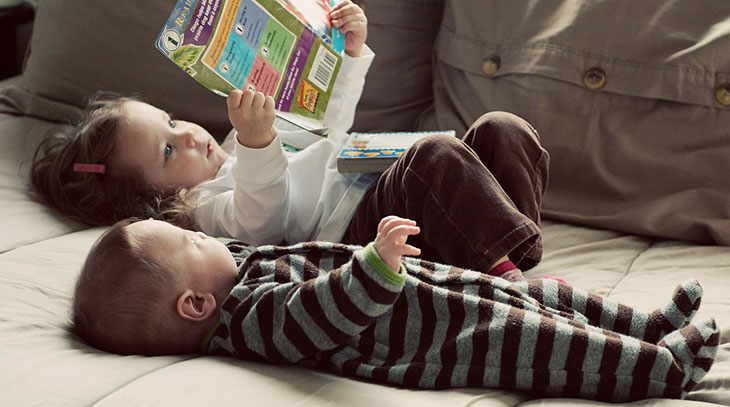
ThomasLife via flickr | http://bit.ly/1BpVEB9
Cross-post from the Inside Science Currents Blog
Cozying up with a good book can transport a reader anywhere, from Victorian England to the desolate craggy plains of Mordor. We take for granted how seamlessly our mind’s eye paints these elaborate pictures, but it’s natural to wonder how our brains learn to associate a word like “horse” with the image of a real horse and how important that association is while learning to read.
Neuroscientists are curious about that, too. They thought that understanding concrete nouns like “butterfly” or “fork” involved forging image, word and meaning in the brain. New research has shown that the situation might not be so clear-cut. Researchers found that children – even those who could understand words and match them to pictures – activate different networks of neurons than adults when they read.